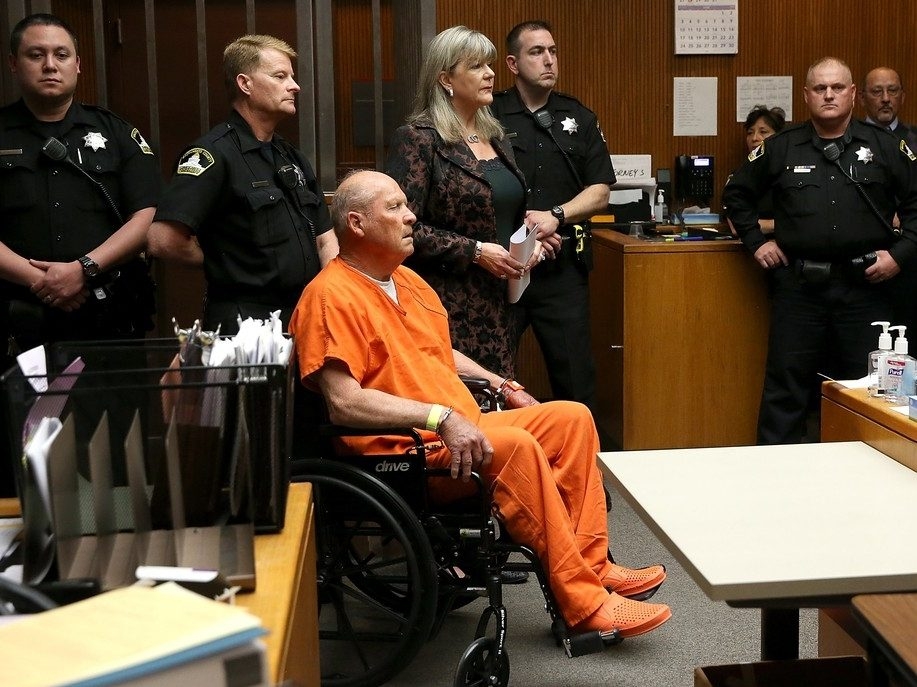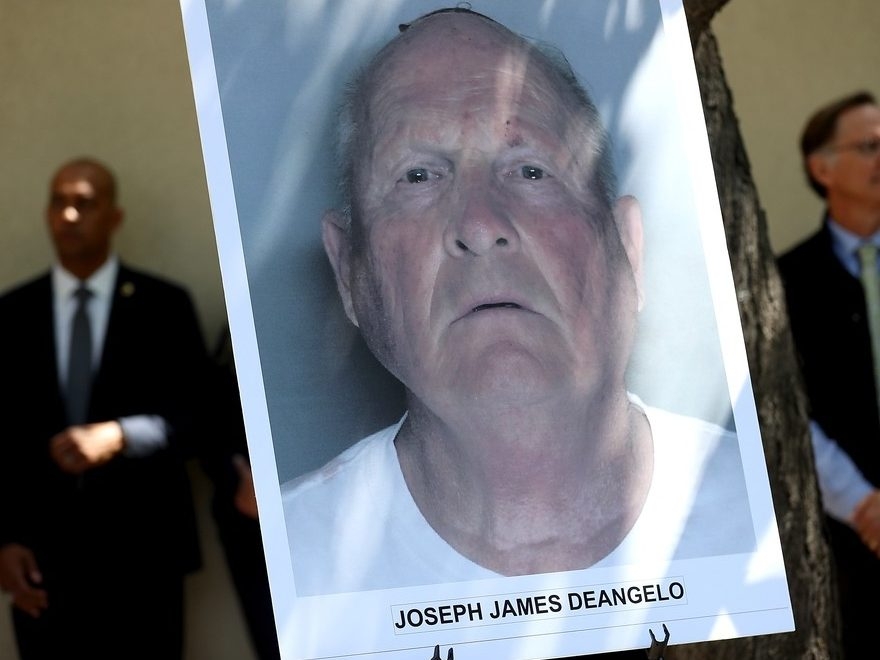The capture of the Golden State Killer, a figure who terrorized California for decades, hinged on a detail so intimate and unexpected it defied conventional investigative methods. For years, investigators chased shadows, haunted by a string of brutal murders, rapes, and burglaries stretching back to the 1970s and 80s. The perpetrator, responsible for at least twelve deaths and countless assaults, remained a phantom, known only by the chilling moniker: the Golden State Killer.
A breakthrough came not from DNA – initially, there was none linking Joseph James DeAngelo Jr. to the crimes – but from a recurring, unsettling detail in the testimonies of his victims. Across numerous sexual assaults, a consistent description emerged, a physical characteristic that seemed almost too improbable to be a genuine lead. Victims repeatedly described the suspect as having a remarkably small stature in one specific area.
Sacramento District Attorney Thien Ho, in his new account of the case, reveals the pivotal role this detail played. Ho actively sought corroboration of this unusual characteristic, recognizing its potential to solidify the case against DeAngelo. He needed something beyond the circumstantial evidence already mounting, a way to validate the harrowing accounts of the survivors.

The task fell to police and a photographer after DeAngelo’s arrest: to document this specific physical attribute. The process proved surprisingly difficult, the photographer struggling to capture the necessary images. Frustration mounted with each failed attempt, culminating in a blunt, exasperated outburst from one of the officers present.
According to Ho’s account, the officer threw his hands up in the air, declaring with stark simplicity, “There’s nothing there.” Descriptions solidified the shocking reality – the suspect’s anatomy was described as being smaller than the circumference of a dime, its length comparable to the tip of a pinky finger. It was a detail that, while deeply sensitive, proved undeniably crucial.
This corroborating evidence, however unconventional, provided the vital link needed to connect DeAngelo to the crimes and validate the testimonies of his victims. It transformed a collection of disturbing similarities into a compelling case for prosecution, finally bringing a measure of closure to decades of fear and uncertainty.

In 2020, DeAngelo pleaded guilty to 26 counts, including the East Area sexual assaults, and was sentenced to multiple life sentences without the possibility of parole. The Golden State Killer’s reign of terror was over, brought to an end by a detail that no one could have predicted would hold the key to his capture.



